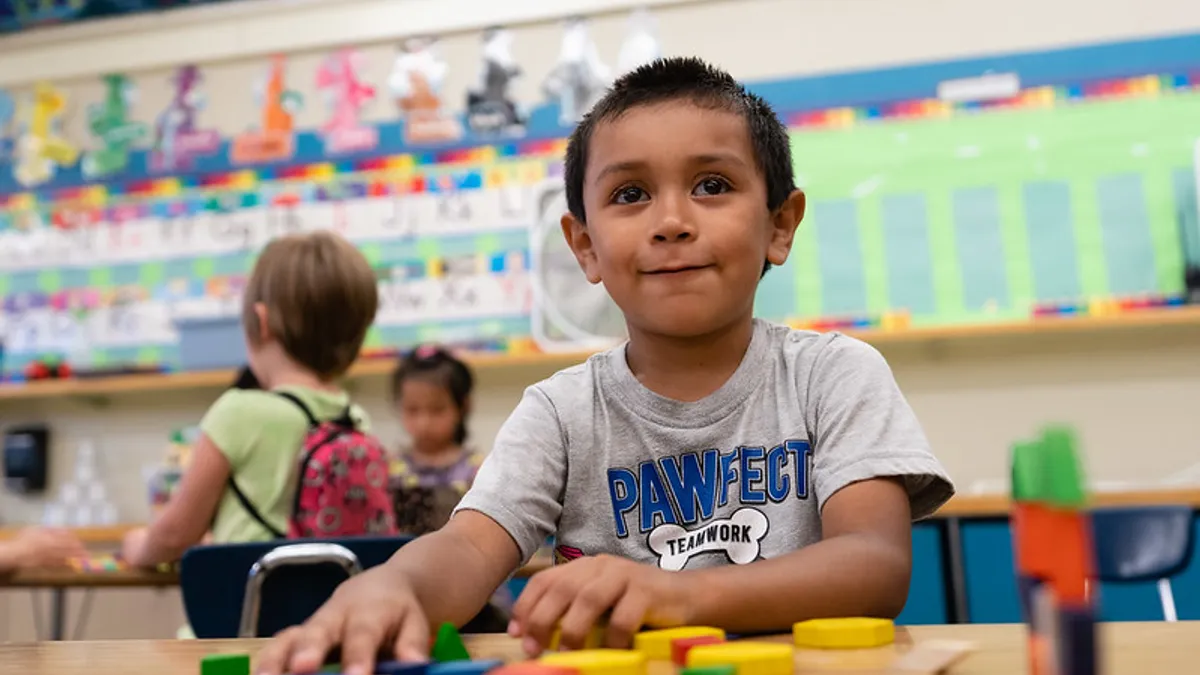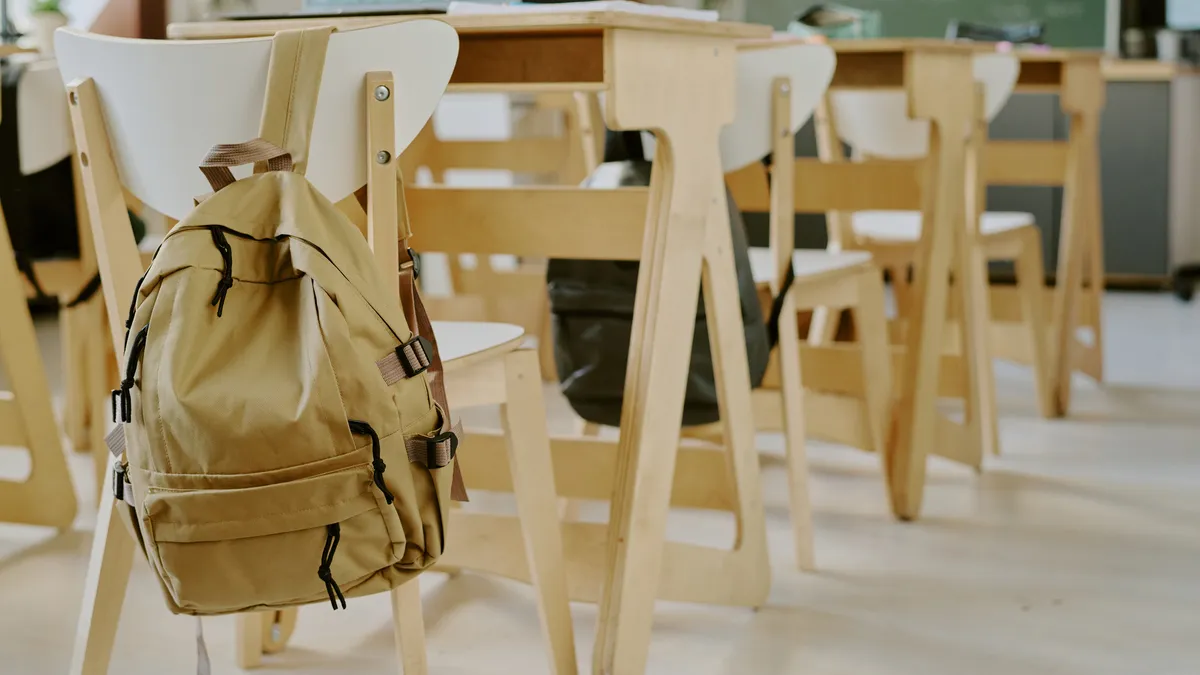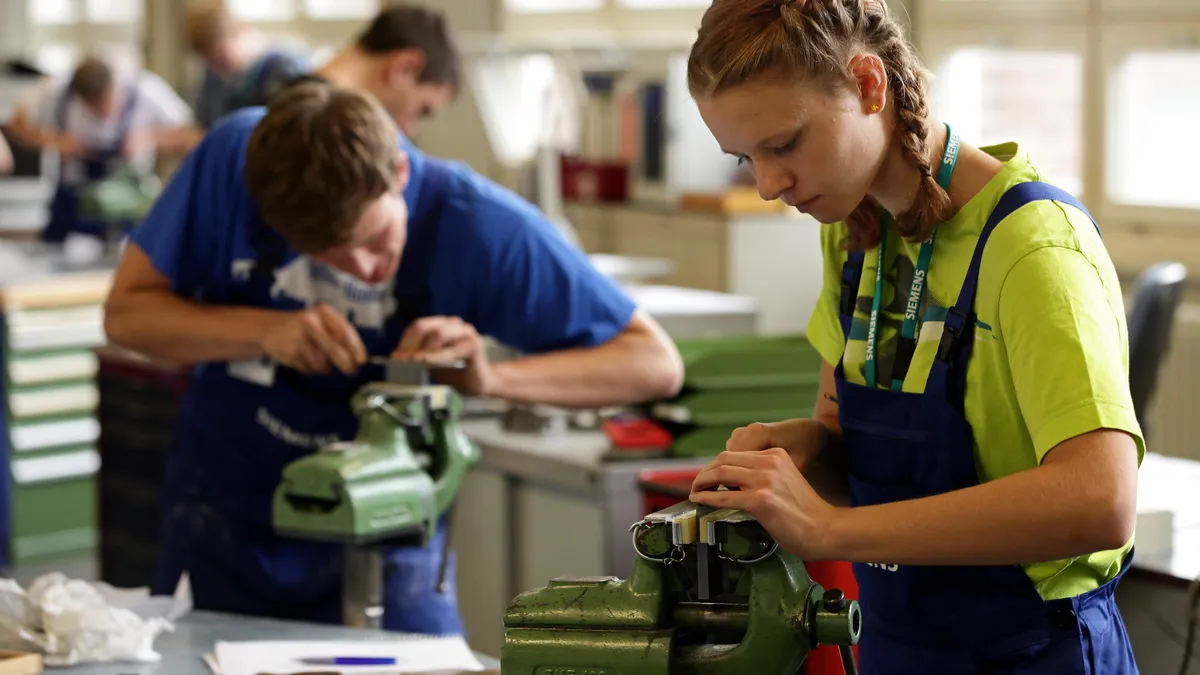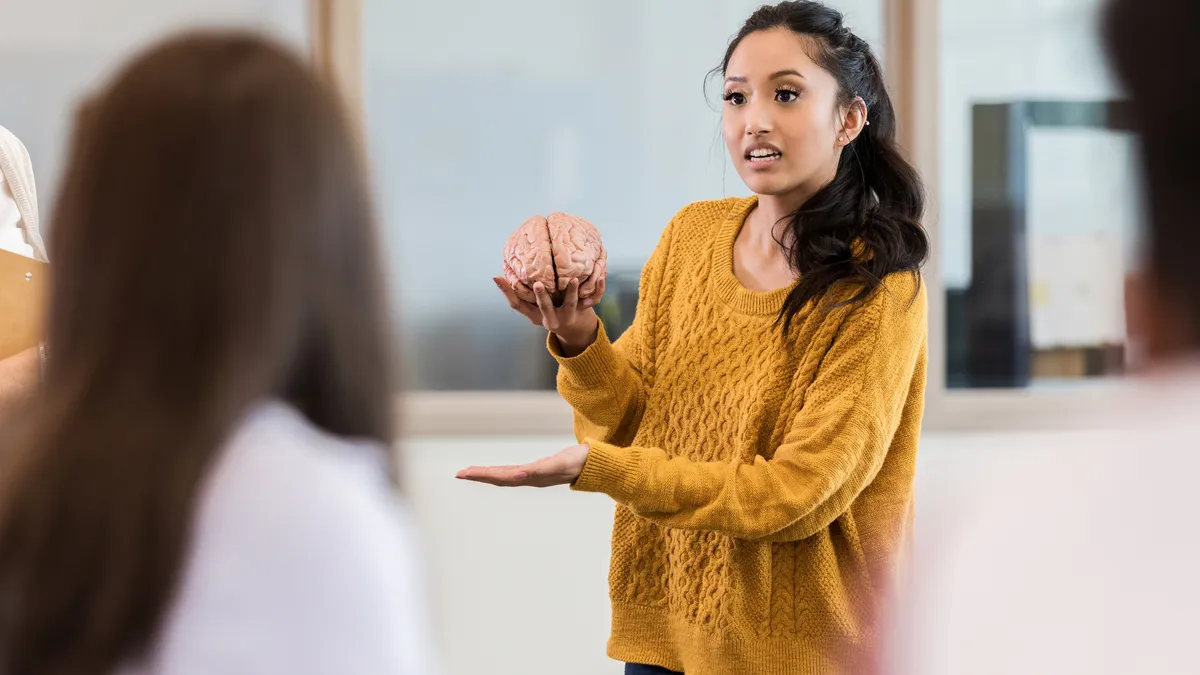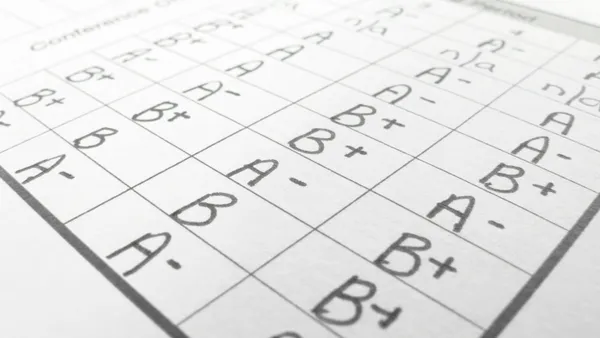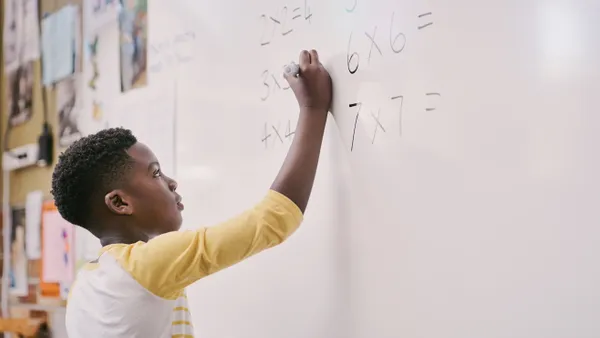To classroom teacher Makai Kellogg, a lead teacher and equity and diversity coordinator at School for Friends, a preschool in Washington, D.C., educators can’t capably interrupt bias they hear coming from their students if they haven’t begun to address their own.
From hearing two students argue about who can be the one mommy during recess, to another telling a peer short hair is only for boys, these expressions of bias can only be addressed — and ideally dismantled — when educators examine the messages they’ve lived with themselves.
“In order to begin anti-bias work, which is interrupting bias that you notice children are picking up on as a 2-year-old, 3-year-old or 4-year old, it’s going to be a lot harder to do it until you deal with your own,” said Kellogg, who works with young children while supporting teachers, administrators and families in terms of equity and diversity. “That’s where the real work begins.”
For teachers eager for simple tools and steps that can weave anti-bias, social justice, equity and culturally-responsive education into their classroom, experts say that approach can be superficial and potentially even cause harm. The first step instead, they believe, is to first ask themselves what they hope to achieve with their students, then roll up their sleeves and start taking those steps themselves.
“It’s OK if everyone is on a different part of their journey,” said Kellogg. “But the hope is everyone is on their own anti-bias journey.”
Self-reflection
On her personal blog, Kellogg points to a number of resources she encourages educators who are eager to build equity within their classrooms to pick up, read and consider. They may want to add these to a personal professional development plan of their own.
That’s a path Takiema Bunche Smith, executive director of the Center on Culture, Race and Equity at Bank Street College of Education in New York, also believes educators need to take — doing the self-work and self-reflection they need in order to be responsive to the students they’re teaching. However, that doesn’t necessarily mean they can’t be working with students while simultaneously engaging in this work.
“It’s not an ‘either or,’ it’s a ‘yes and,’” said Bunche Smith. “You absolutely do it concurrently, and you have to create clear checkpoints along the way.”
To her, that means educators must teach themselves or engage in professional development to help them learn about their own assumptions and then find the holes in their own learning. They also need to be clear on how they see themselves, including their privilege.
“Every person has identities that both afford us privileges and predispose us to experiencing marginalization,” she said. “We have to explore all our identities and how they play out in society, because that impacts how we show up in classrooms and how we navigate this with students.”
Focus on humanity
It's also crucial to think about the images, stories and messages educators are introducing to students around social justice and equity, said Bunche Smith. If the first introduction to Asian Americans and Pacific Islanders is around racism and violence they’ve experienced during the COVID-19 pandemic, for example, or if George Floyd is the first topic when talking about Black people, then educators are focusing only on people being victims of racism and bias, she said.
“That’s why we need to talk about race and provide full, 360-degree views about people, communities and their diversities,” said Bunche Smith. “Struggles against injustice will be a part of those conversations, but it should not be the first, nor only, conversation.”
Educators should ask themselves, as well, about what videos are shown to students, trips they’re taking with their classes, language being used in classrooms and books students have available to them. Materials should reflect lives in full, from children in gay and transgender families to children of color in everyday experiences.
Bunche Smith highlighted the Denise Lewis Patrick book “Red Dancing Shoes” and its story of a young Black girl with new patent-leather red shoes who trips and thinks they are ruined until an aunt helps her fix them, making the child feel better.
“This book describes a happy, healthy child and her life within her family,” Bunche Smith said. “We need to see many more stories like this to reflect the full reality of Black children’s and other children of color’s lives.”
Across curriculum
Anti-bias and equity can be woven throughout curriculum, from literature to science lessons.
To Emily Adah Miller, associate researcher with the Wisconsin Center for Education Research at the University of Wisconsin-Madison and one of the lead writers for the Next Generation Science Standards Diversity and Equity Team, science classes can also be woven into social justice lessons. For example, students might investigate the chemistry of taste while looking at food deserts, where access to affordable and healthy food may be limited.
“Everything can be seen through a lens of social justice and equity, and how can science be used to leverage these social justice issues,” said Adah Miller.
Okhee Lee, professor of childhood education at New York University’s Steinhardt School of Culture, Education and Human Development and leader of the NGSS Diversity and Equity team, emphasizes science can also address equity issues.
Lee noted that science understanding can be expressed not just in words, but gestures and symbols. By employing and encouraging these kinds of expressions in the classroom, educators could increase access for learning and understanding between students, such as English learners, peers and educators.
For example, in studying the effect of time on the decomposition of a banana in a jar, students are looking at a closed system, Lee notes. One student may say the banana is decomposing but maintains the same weight. Another can express this with a single word, like “closed” or “same,” or even just draw an arrow to suggest the same idea, Lee said.
In doing so, students can feel they’re being heard and respected for their work by their teacher and peers no matter how they share their understanding. And in this way, science work can also serve as a good starting point to help students develop language, noted Lee.
“If they do this a couple of times, you can see the confidence of students going up,” she said. “That’s equity.”
Ultimately, when it comes to creating an educational climate that centers around social justice, anti-racism and equity, Bunche Smith believes some educators may be looking for some single activity or unit to bring into their classroom. But instead, she said teachers should step back and think about what they’re really hoping to see — not just in their classrooms, but ultimately in the world around them through the lessons they bring to students — and start there.
“Ask yourself, ‘What is my vision of what society should look like?’” she said. “And once you have that vision, it becomes your roadmap of what you need to learn about yourself, and what you must learn to support all of your students to thrive.”


